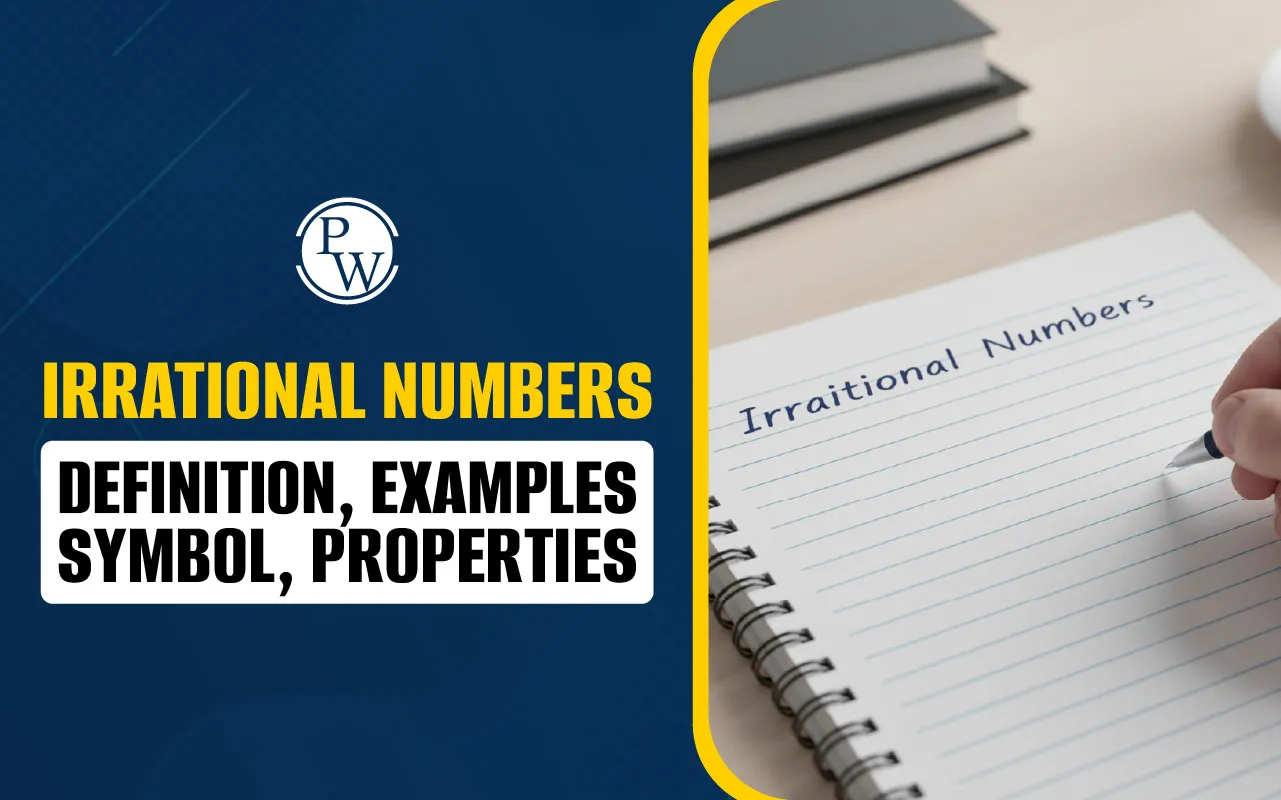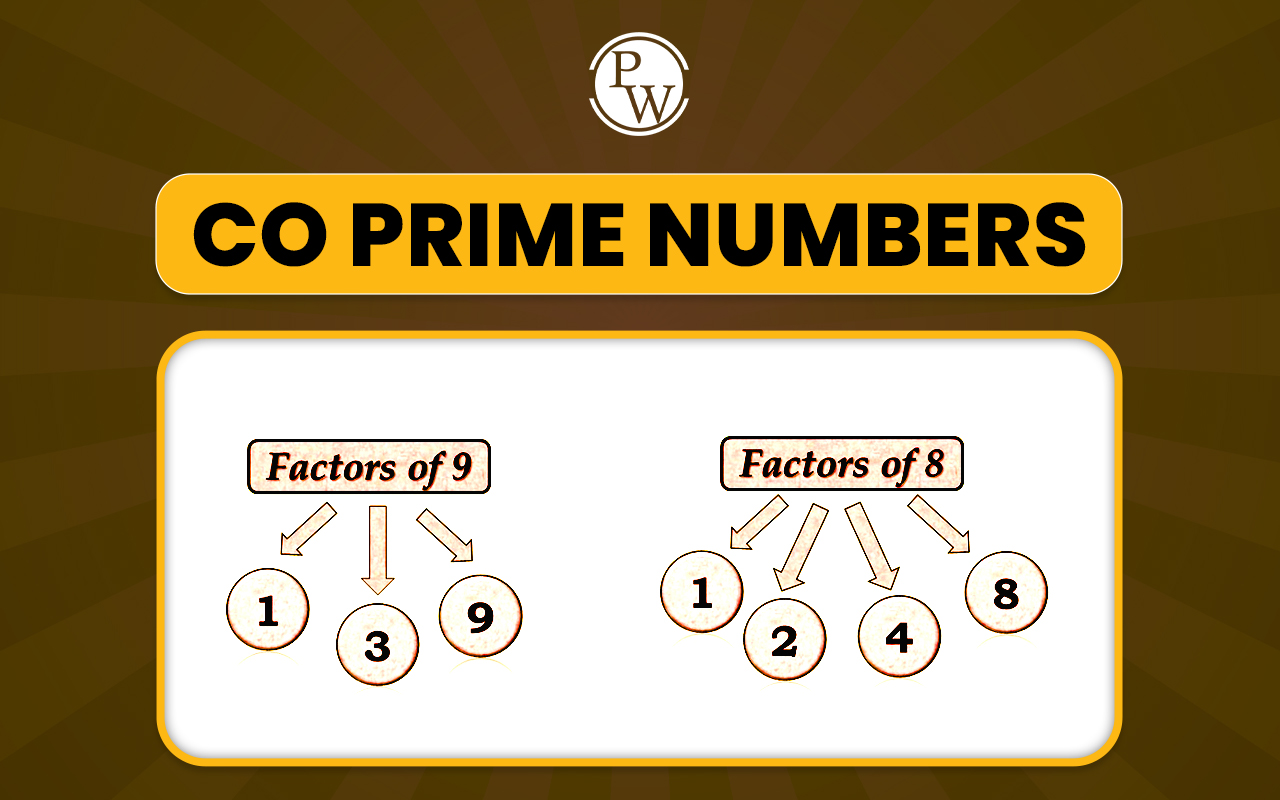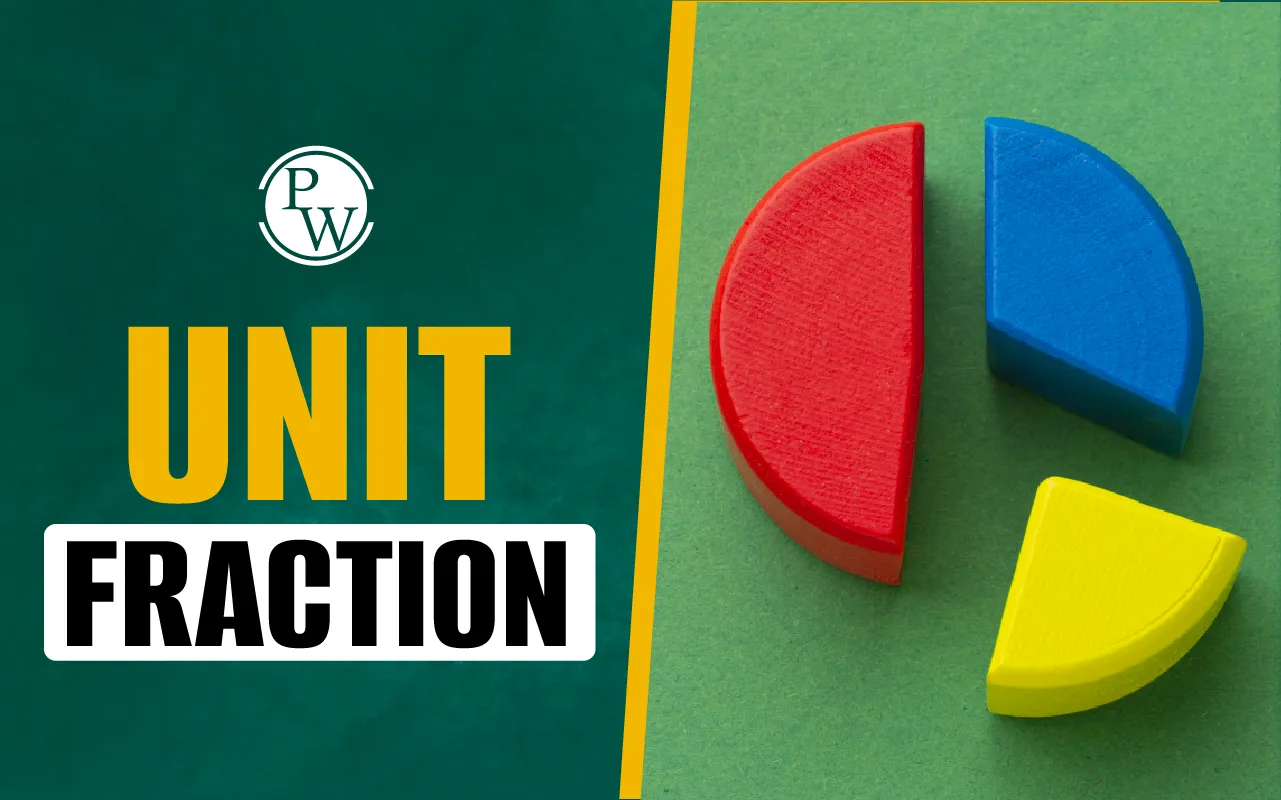

Irrational Numbers with meaning, examples, symbols, and properties are explained here. Learn about the key differences between rational and irrational numbers, along with practice questions to understand this concept better.
Irrational Numbers are real numbers that cannot be written as a simple fraction like a/b, where a and b are whole numbers and b is not zero. These numbers continue forever after the decimal point without ending and without repeating in a clear pattern. That is why they are known as "irrational," because they do not follow the normal rule of fractions.
In maths, you learn about irrational numbers with topics such as square roots, circles, and some special constants like π (pi). Learning what are irrational numbers helps you understand how they are different from rational numbers and why they are important in mathematics.
What Are Irrational Numbers?
Irrational numbers are real numbers that cannot be expressed as a ratio of two whole numbers, like p/q, where q is not zero. Unlike rational numbers, which can be written as fractions, irrational numbers go on forever after the decimal point without showing any repeating pattern.
We write irrational numbers in maths like R – Q, which means the set of real numbers that are not rational. For example, √2, √3, and π (pi) are all irrational numbers because they cannot be written exactly as fractions. Their decimal form continues forever without ending or repeating.
Irrational Numbers Symbol
In maths, every set of numbers has a symbol. For example, the real numbers symbol is R, and the rational numbers symbol is Q. Irrational numbers do not have a separate symbol of their own. They are generally written as R – Q or R\Q, which means all real numbers that are not rational.
Read more: Basic Maths Symbols With Name
Properties of Irrational Numbers
The properties of irrational numbers help us understand how these numbers work in mathematics. Since irrational numbers are a part of real numbers, they follow many rules of the real number system. Let’s go through some important properties of irrational numbers to understand them better:
-
Decimal form: The decimal form of an irrational number is always non-ending and non-repeating. For example, √5 = 2.2360679… goes on forever without any fixed pattern.
-
Addition with rational numbers: If you add an irrational number and a rational number, the answer you will get will always be an irrational number. For example, √2 + 3 is irrational.
-
Multiplication with rational numbers: If you multiply an irrational number by any non-zero rational number, the answer will also be irrational. For example, 5 × √3 is irrational.
-
Operations with two irrational numbers: When two irrational numbers are added or multiplied, the answer can be either rational or irrational. For example, √2 × √2 = 2, which is rational. But √2 + √3 is still irrational.
-
LCM of irrational numbers: The least common multiple (LCM) of two irrational numbers may or may not exist.
These properties of irrational numbers make them different from rational numbers and help us identify them in maths while solving different types of questions.
Read More: 30 Fun Maths Questions with Answers
Examples of Irrational Numbers
Some of the most common examples of irrational numbers are:
-
√2 = 1.414213… (the square root of 2 is a non-ending, non-repeating decimal.)
-
√3, √5, √7 (square roots of numbers that are not perfect squares)
-
π (pi) = 3.14159265… (used in circles, its value goes on forever without a pattern, so we use 3.14 or 22/7 to make calculations easy.)
-
e (Euler’s number) = 2.718281… (a very important number in higher maths that also never ends or repeats.)
-
ϕ (the golden ratio) = 1.618033… (Used in art, nature, and architecture)
-
Any decimal that never ends and never repeats, like 2.010010001…
These are numbers you cannot write as a fraction of two whole numbers, which is why they are examples of irrational numbers.
Irrational Number Operations With Examples
Just like rational numbers, irrational numbers can also be added, subtracted, or multiplied. But their answers can change depending on the numbers we use. Let’s understand how:
Product of Two Irrational Numbers
When we multiply two irrational numbers, the answer can be either rational or irrational.
-
For example, √2 × √2 = 2 (this is rational).
-
But π × √2 = irrational.
Product of an Irrational Number and a Rational Number
If we multiply an irrational number by any rational number that is not zero, the answer will always be irrational.
-
For example, 5 × √3 = irrational.
Sum of Irrational Numbers
The sum of two irrational numbers can be rational or irrational, depending on the case.
-
For example, 2√2 + 3√2 = 5√2 (irrational).
-
But (√5 + 3) + (–√5) = 3 (rational).
Read more: Roman Numerals 1 to 100
Irrational Number on Number Line
As you learned, Irrational numbers cannot be written as exact fractions, and their decimal values continue without ending and repeating. Because of this, it is not possible for irrational numbers to have a fixed exact point on the number line like whole numbers or rational numbers. But we can show their approximate position on a number line.
For example, √2 is about 1.414. So, on the number line, it will lie between 1 and 2, a little after 1.4. Similarly, π (3.141…) lies between 3 and 4. In the same way, other irrational numbers like √3 and e can also be placed approximately on the number line.
How to Find Irrational Numbers?
To find irrational numbers, we generally check the roots of numbers that do not give whole numbers. These roots continue forever in decimal form without repeating, which makes them irrational.
-
Between two perfect squares, the square roots of the numbers in between are irrational. For example: √1 = 1 and √4 = 2. The numbers in between, √2 and √3, are irrational.
-
In the same way, between √4 = 2 and √9 = 3, we get √5, √6, √7, and √8, which are all irrational numbers.
-
The square root of any prime number is always irrational. For example, √2, √3, √5, and √7.
-
Cube roots of numbers that are not perfect cubes, like ∛5 or ∛7, are also irrational.
Read more: Prime Numbers
Differences Between Rational and Irrational Numbers
In mathematics, numbers are divided into different types based on how they can be written or expressed. Rational and irrational numbers are two important types. But many students get confused between the two. So, to make it clear to understand, check out these key differences between rational and irrational numbers:
|
Differences Between Rational and Irrational Numbers |
||
|
Particular |
Rational Numbers |
Irrational Numbers |
|
Fraction Representation |
These numbers can be written as a fraction p/q, where p and q are whole numbers and q is not zero. This means we can easily express them as a ratio of two integers. |
These numbers cannot be written as a fraction or as a ratio of two whole numbers. |
|
Decimal Expansion |
When you write rational numbers as decimals, they either stop (like 3.25) or repeat in a pattern (like 0.666…) |
The decimal form of irrational numbers never ends and never repeats. For example, π = 3.14159265… continues without any pattern. |
|
Numerator and Denominator |
They always have a numerator and a denominator in fraction form. The denominator is never zero. |
These cannot be expressed as a fraction, so they do not have a numerator or denominator. |
|
Square Roots |
Square roots of perfect squares are rational. For example, √4 = 2, √9 = 3, √16 = 4. |
Square roots of numbers that are not perfect squares are irrational. For example, √2, √3, √5. |
|
Examples |
3/2 = 1.5, 6, 0.66666, 3.25, 9.31. |
√5, √11, π, e. |
By learning these differences between rational and irrational numbers, it becomes easy for you to identify numbers, understand their properties, and use them correctly in calculations and on the number line.
Also Read: Mensuration
Practice Questions on Irrational Numbers
To understand irrational numbers better, try solving these practice questions step by step.
Question 1: Identify which of the following are rational numbers and which are irrational numbers: 5, √7, 0.6666…, √10, 2.1010010001…
Solution:
-
Rational Numbers: 5, 0.6666…
-
Irrational Numbers: √7, √10, 2.1010010001…
Question 2: Find the sum of the following irrational numbers:
a) √5 + √5
b) √3 + √6
Solution:
-
a) √5 + √5 = 2√5 (like terms are added together)
-
b) √3 + √6 = √3 + √6 (unlike terms, cannot simplify)
Question 3: Find the product of the following irrational numbers:
a) √3 × √3
b) √2 × √5
Solution:
-
a) √3 × √3 = 3
-
b) √2 × √5 = √10
Boost Your Child's Confidence in Maths with CuriousJr
Does your child find it difficult to understand the math topics taught in school? This could be because they may need extra guidance and practice after school to fully understand the concepts.
CuriousJr’s Online Maths Tuition classes make math simple, fun, and easy to understand for your child. These Maths tuition classes are for students from classes 3 to 9.
-
Through interactive live classes, visual explanations, and a two-teacher model, your child gets personal guidance and support at every step of their after-school learning journey.
-
These classes follow the school syllabus in a structured way, provide help with homework, and make sure that your child builds a strong understanding of math concepts.
-
With features like performance tracking and regular progress updates, you can stay informed about your child’s learning journey.
Book a demo class today and see how CuriousJr can help your child become more confident, faster, and more accurate in mathematics.
Irrational Numbers FAQs
Are all irrational numbers real numbers?
Why is pi an irrational number?
Give two examples of irrational numbers.
What was the first discovered irrational number?
Give two key differences between rational and irrational numbers.













